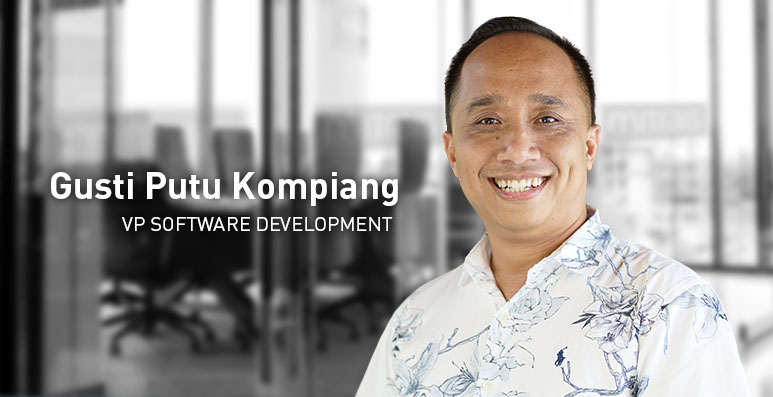
Welcome to the first Mitrais Newsletter for 2020.
The new year has landed with a bang, with exciting challenges and opportunities both for Mitrais and the wider global software development community. We hope that you will find our selections of articles in this edition entertaining and informative.
Now that Mitrais is part of the CAC family, it’s time to investigate the value that synergies between us can add to Mitrais, CAC and the group’s global clients. In this issue, we take a look at Mitrais’ first technical engagement between us and our new partners, and how those synergies can yield huge benefits for everyone.
With Agile software development, and particularly Scrum, gaining more and more acceptance across the world, it can raise some questions about how it changes the roles of existing players. One of the questions that we often hear is “How is a Scrum Master different from a Project Manager, and how do they work together?”. In this issue, we drill down into what Scrum Masters and Project Managers are supposed to do, and how this will impact your next development project.
Remember just a few years ago when “Unicorns” – start-ups with a market capitalisation of more than US$1B – were a big deal? So do we. But now, just the booming global Ride-sharing market has given birth to a completely new phenomenon – a start-up with a capitalisation of more than US$10B. Read about the extraordinary growth of these new players in this issue.
Data security is certainly a hot topic around the world right now, with plenty of attention being focussed on this critical subject. As part of Mitrais’ Continuous Commitment strategy, our CTO, Hartoyo Barlian, and his team have been working hard with globally recognised accreditation services to further enhance Mitrais’ capabilities. We are proud to say that all of these efforts have resulted in us receiving certification in ISO 27001:2013 for Information Security Management Systems, and you can read more about this important achievement in the article.
Software engineers can be stuck with the reputation of being slightly nerdy introverted types (even though we all know that’s untrue). But some of our staff buck that trend, coming from wilder backgrounds and retaining their love for extreme sports. This time, we introduce you to Andy, and as well as being a top flight developer, his story might surprise you.